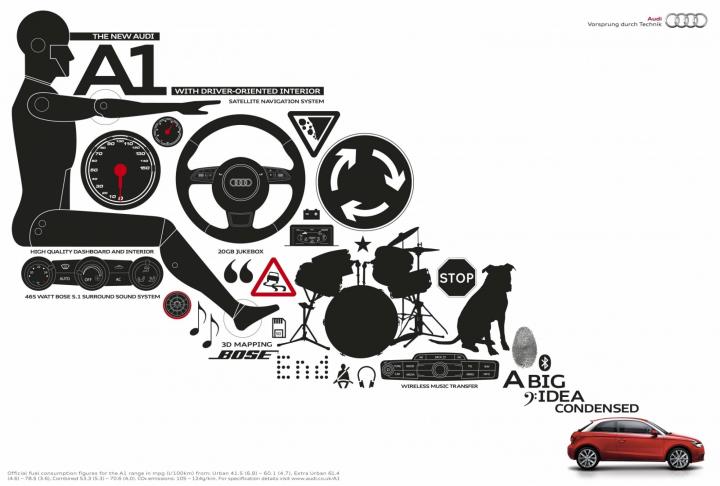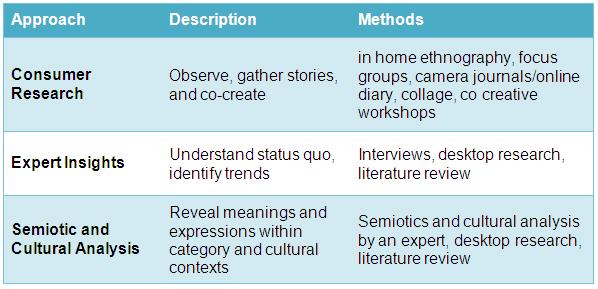

In recent years, the term “innovation” has become a pervasive buzzword, capturing the attention of researchers, marketers, strategists, and designers. Acknowledged as a pivotal factor in sustaining and enhancing brand equity, innovation is considered essential for businesses in today’s dynamic landscape. Despite this emphasis, numerous brand and product launches often amount to short-term gimmicks. Innovation experts highlight a crucial observation: many companies lack the structure to generate meaningful innovations. Recognizing this gap, corporations increasingly seek assistance from agencies and consultancies to navigate and facilitate the innovation process. Explore how strategic brand innovation can drive lasting impact and reshape the trajectory of your brand.
In this article, we will discuss a general methodology to conduct brand and product innovation. As we will see, innovation is not only about creative brainstorming, but should be based on research findings and guided by brand strategy.
Innovation Definition
1. something new or different introduced
2. the act of innovating; introduction of new things or methods.
While some famous innovations have happened through pure chance, like the 3M invention of Scotch Guard due to a spill in the laboratory, by and large new brands and products should be based on research insights. Here, simple gap analysis is often not enough, as explained by Lannon & Baskin in their book on brand planning: “If we are not careful, gap analysis is a very elaborate machinery for saying that if there is already a market for hot coffee and a market for iced coffee, the gap for us is in selling warm coffee” (2007). In other words, simply because a “white space” exists in the market, it does not, by default, represent a brand opportunity. This is why it is important to conduct research in order to glean insights on which innovation can be based.
The research approach taken will differ depending on a host of factors, including the product or service category, the stage of the brand’s life cycle, the target consumers, the time to market, and more. Three research approaches that we have found to be conducive to brand innovation are indicated below.


For consumer brands that may require frequent innovations to remain relevant, ideally all three of these approaches should be called on. In the event of budget or time constraints, one or two could be selected. Often semiotics is a highly useful tool to create disruptive or code-breaking innovations, as consumers do not always know what they want/need or are not able to verbalize it well.
The insights from the initial research phase can then structure an innovation workshop for the brand’s stakeholders.
Many brands have come to rely on regular innovation workshops to generate new product or service ideas. Often stakeholders from various functions in the organization will attend: marketing, research and development, legal, etc., as well as agencies that they work with for advertising, product design, and more. These workshops are important for idea generation and to foster an innovation culture in the company. However, the workshops themselves as well as the next steps need to be carefully designed to ensure effectiveness.
Based on the insights, product platforms can be developed, followed by a brainstorming session with all participants. To kick off the ideation and also at intervals throughout the session it is helpful to call on activities such as games to help participants loosen up and think creatively. During the brainstorming it is important that everyone “take off their hats” in terms of their job titles or positions, so that all participants and ideas are considered equal. When generating ideas, the focus should be on quantity. Judgment should be deferred, and wild ideas encouraged.
Following the brainstorm, several ideas are selected to be developed into concepts in smaller teams. The concepts are then presented to the larger group, and a voting exercise can be conducted to identify the top concepts. At a later stage, the shortlisted concepts will be classified in terms of those that are easy to implement in the short term, those that are more difficult, and those that are not feasible at this stage but should be kept on file for future development.

Following the innovation workshop, the management team selects several concepts for refinement and testing. If it is a consumer brand, the testing is often done in focus groups; if it is a business to business company it may be through interviews with relevant stakeholders. For some categories it will be important to have well defined and tangible concepts for testing, with several options per concept that include mock packaging/product design and draft brand names. If the concepts are too wordy or abstract, findings will not be as relevant. In some cases, actual product prototypes will be presented. For example, in the automotive industry, consumer clinics are common, where participants are actually asked to view and experience different vehicle models, which is often followed by a focus group discussion or questionnaire.
After testing, one or more concepts can be selected to be fine tuned and launched in the market.

Innovation is a strategic process- it should not be undertaken hastily or arbitrarily. All steps of the process from initial research to ideation, to concept testing and launch, should be grounded in the brand’s core idea and fit within its overarching strategy. If new product launches are too frequent it can lead to product proliferation (too many new products or variations), which may confuse consumers and lead to the dilution of brand equity over time. However, if innovation is conducted in a systematic and strategic way, it can be highly effective for the company’s short term profitability as well as building long term brand value.
A Labbrand Group Company © 2005-2025 Labbrand All rights reserved
沪ICP备17001253号-3To improve your experience, we use cookies to provide social media features, offer you content that targets your particular interests, and analyse the performance of our advertising campaigns. By clicking on “Accept” you consent to all cookies. You also have the option to click “Reject” to limit the use of certain types of cookies. Please be aware that rejecting cookies may affect your website browsing experience and limit the use of some personalised features.